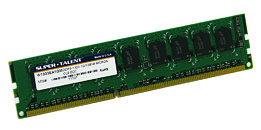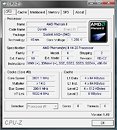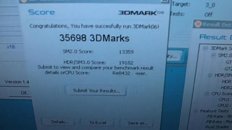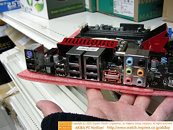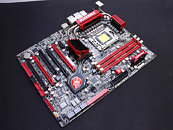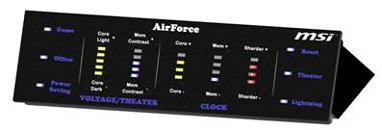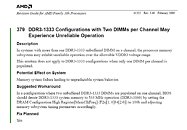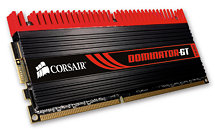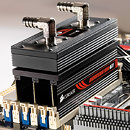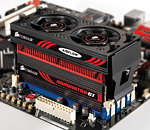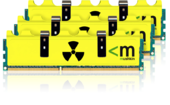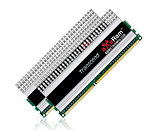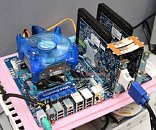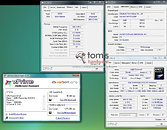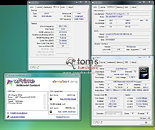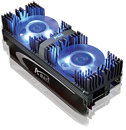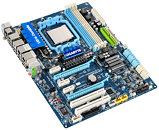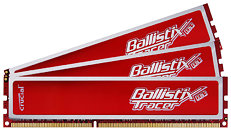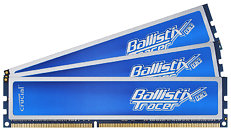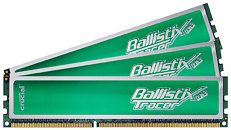
ECS Shows Off LFH-A P55 Motherboard
ECS showcased yet another upcoming motherboard during the ongoing CeBIT event: the LFH-A. Based on Intel's P55 chipset, the motherboard supports LGA-1156 socket. Featuring all the essentials the Ibex Peak platform provides, that includes two support for dual-channel DDR3 memory, six internal SATA ports, two PCI-Express 2.0 x16 slots and one PCI-E x4, the board also extensively supports Intel's Flexible Display Interface that links the IGP on the processor die to the connectors on the board: DVI, D-Sub and HDMI.
The P55 chipset is cooled by a small pre-production heatsink. It should also indicate that the P55 chip indeed runs cool enough to warrant a heatsink of that size, and that since most of the traditional chipset machinery has migrated to the CPU, there's very little the vendors need to do as far as chipset cooling goes. ECS LFH-A might feature in some of the first waves of motherboards to launch along with the launch of the platform itself.
The P55 chipset is cooled by a small pre-production heatsink. It should also indicate that the P55 chip indeed runs cool enough to warrant a heatsink of that size, and that since most of the traditional chipset machinery has migrated to the CPU, there's very little the vendors need to do as far as chipset cooling goes. ECS LFH-A might feature in some of the first waves of motherboards to launch along with the launch of the platform itself.

